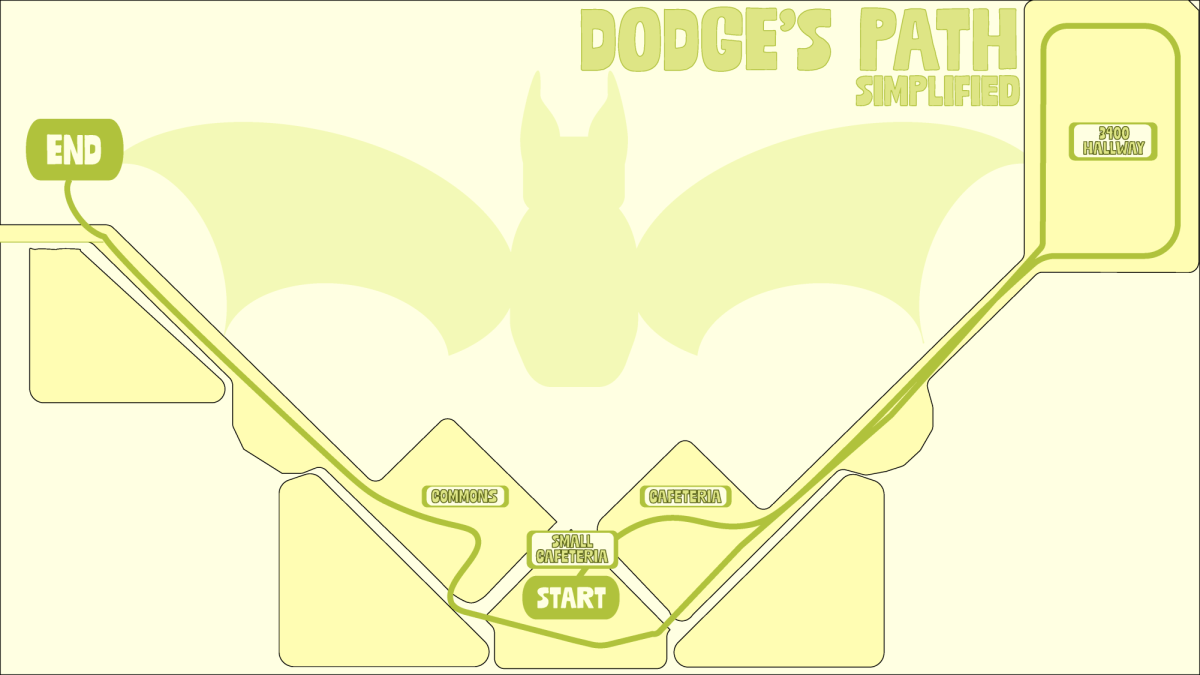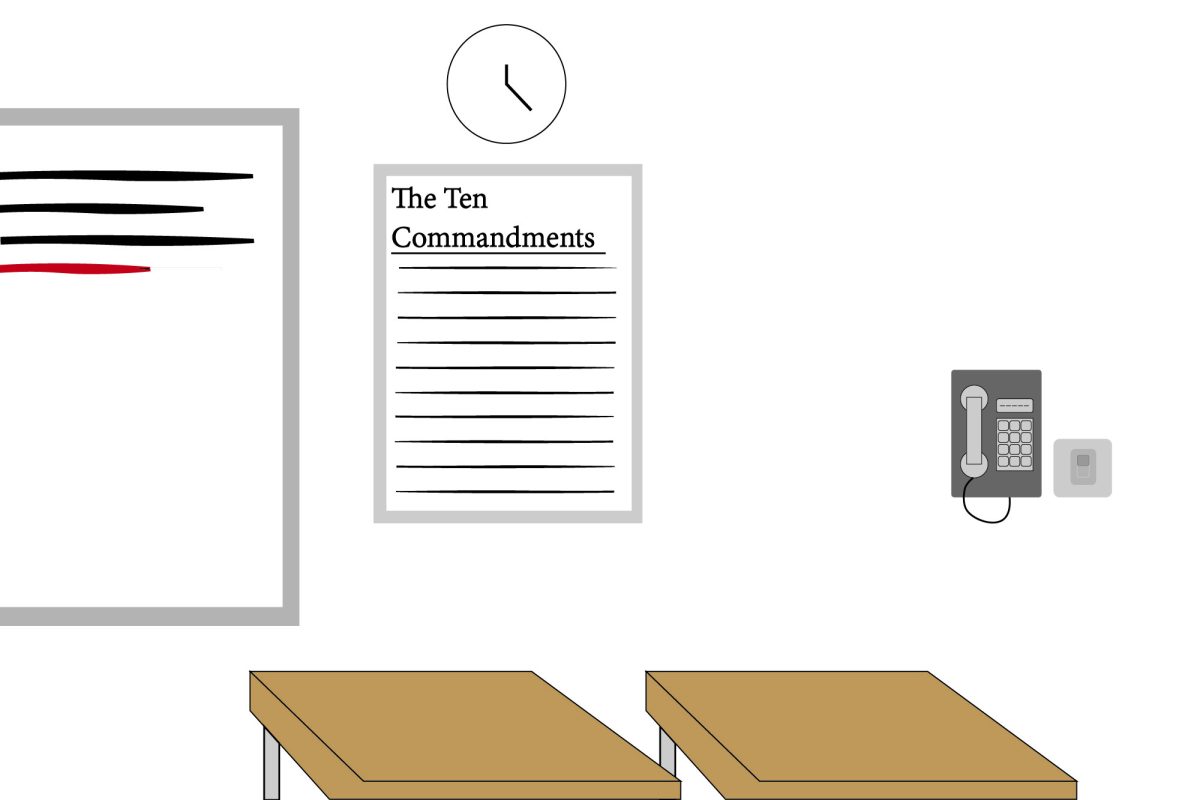State of Texas Assessment of Academic Readiness (STAAR) will be replaced with a shorter three-test system – optional for high schools – and graduation requirements will shrink starting August 2027 after Gov. Greg Abbott signed House Bill 8 into law Sept. 17 during the Second Special Legislative session.
“This week, the Texas Legislature REPLACED the outdated STAAR test,” Abbott posted on X Sept. 6. “Texas will prioritize learning and modernized assessment approaches over high stakes testing. This is the way.”
The Texas Education Agency will take charge of the new $56 million “instructionally supportive statewide assessment program,” replacing the State Board of Education who administered STAAR. The program splits the end-of-year STAAR into a baseline exam in August-September, intermediate exam in January-February and final exam in May.
The bill also bans practice exams and introduces online portals for parents to receive test scores within 48 hours.
“HB 8 sets a new course for assessment and accountability in Texas schools,” bill author, Rep. Brad Buckley (R-Salado) said. “It will reduce test taking anxiety, provide teachers with near immediate feedback and create a pathway of trust in our system again.”
Graduation Requirements
The law removes the English 2 state-exam requirement, marking the first time since 2015 graduation mandates eased. Without the exam, English 2 teachers are less likely to qualify for the Teacher Incentive Allotment program, which awards cash bonuses relative to student performance.
English Department Chair Christine Zimmer only qualified for TIA last year because of STAAR exams; now she expects to lose eligibility.
“Once you’ve achieved TIA, it’s a nice little bonus because you know teachers don’t make a lot of money,” Zimmer said. “(Losing TIA feels) not great. When you know you work your butt off in class, It’s nice to be rewarded for that and now it won’t be. It won’t change my work ethic though.”
Sophomore Layne Clary said he supports splitting state-exams throughout the year, but removing English 2 STAAR harms students, especially students learning English.
“The fact is that most people in this school are (learning English),” Clary said. “(Removing English II exam requirements) is going to be crucial for the Hispanic population, any other foreign population that comes to America and has to learn English. Taking away the STAAR will downgrade our (literacy) by a lot.”
English Texas English Language Proficiency Assessment System (TELPAS) — exclusive for English learning students — scores across Texas have already declined by over half since 2018, following introduction of an automated grading system for speaking assessment in 2018 and writing in 2023. The CCHS student body is 34.8% English Learners; this year their English 2 STAAR scores declined across all categories. Only 1% reached masters on campus.
Zimmer argues English 2 classes provide enough education for EL students anyways, regardless of STAAR.
“It’s very difficult for them to take a test in a new language and have to pass it to graduate,” Zimmer said. “So I would think it would be a relief.”
Remaining state-exams – English 1 biology, Algebra 1 and U.S. history – may be optional now, as HB 8 also allows TEA-approved college readiness exams such as the PSAT, SAT and ACT to replace the state assessment. Students who take an approved test won’t have to take the state-exam.
CISD Assessment Coordinator Wendy Tisdel said districts are still waiting on TEA guidelines though.
“(Conroe ISD) is still navigating the bill,” Tisdel said. “We can’t know what will happen two years in the future (when HB 8 is implemented).”
MAP testing
This year CCHS is piloting Northwest Evaluation Association’s Measures of Academic Progress for other Conroe ISD high schools. MAP scheduling and formatting closely mirrors the multi-test assessment described in the STAAR redesign. This means MAP could also replace the new STAAR if TEA-approved.
English 1, English 2, Algebra 1 and biology already administered the first benchmark tests during block scheduling from Sept. 2-4. This year’s MAP is only for data collection and is excluded from grades, which Zimmer said could cause issues with test fatigue.
“We weren’t sure how to approach and how serious (students) would take it with it not being for grade,” Zimmer said. “But I feel most students took it seriously. But my concern is how they will react in May (taking the MAP EOY test) after the STAAR test is over.”
MAP data relies most on the EOY test. Inaccurate scores would create false growth data. Zimmer spoke with staff from Splendora ISD, which already uses MAP tests. She said Splendora students and teachers alike lost motivation shortly after the first test in response to test fatigue and lacking a sense of purpose.
“Regardless, I know from my specific team, and Caney Creek in general, we are going to do our best to get Caney Creek kids motivated,” Zimmer said.
English MAP tests are broken into reading and grammar assessments but lack writing. Zimmer worries because previous interim STAAR tests also lacked writing assessment, which were eventually cut for inaccurate STAAR predictions.
Instructional coach Lindsey Moore presented MAP data during a staff meeting Sept. 23. Every subject exceeded expectations – only a few points from the overall performance goal. Moore said if the scores measure accurately, CCHS is on track to receive its first A in TEA accountability after falling short every year.
“What’s next is a year of focus, growth, and dedication,” Moore said. “As educators and learners, we are partnering together to not only earn our A but, more importantly, to open doors of opportunity for every student through the gift of an education.”
Accountability Ratings
Texas is one of only six states to use an A-F accountability rating system. Introduced in 2017, the A-F ratings reflect school performance, demographics, graduation rates and college, career, and military readiness. STAAR scores account for roughly half of the high school rating and nearly all for elementary and middle schools.
HB 8 also reshapes how A-F ratings will be assessed. New data collections will shift focus on performance growth from beginning and mid-year tests, rather than just the end-year – STAAR – performance.
TEA Commissioner Mike Morath will set baseline scores for “satisfactory” or “college-ready.” assessment. TEA may now update standards every five years.
Bill History
This is Buckley’s third time this year introducing his bill regarding STAAR, initially as House Bill 4 in the regular 89th Session and again in the First Special Legislative session this year. The Texas Senate also filed an identical bill, SB 8 in the Second Special Legislative Session.
Buckley authored HB 4 in response to “recent lawsuits and feedback from educational leaders underscores a growing need for reforms to the public school accountability system and the state testing program,” according to his Statement of Intent.
State Rep. Gina Hinojosa (D-Austin) voted against HB 8, arguing it creates more, not less, testing.
“From third through eighth grade, right now, kids take 12 state mandated tests,” Hinojosa said. “That number goes up to 51 state mandated tests, and as a mother of kids who have attended Austin public schools, I know the pressure, the stress that the STAAR test puts on our kids. It is unacceptable.”
Both legislative chambers approved HB 4 in the regular, but disagreed on wording and leaving the bill unenrolled, similar to HB 8 which made the agenda in Abbott’s Special Legislative but failed to reach hearing before protests broke out. Two hours after the First Special Session ended, Abbott called the second session where HB 8 enrolled.
“Texas is on a pathway to become No. 1 in education, which requires a strong accountability system,” Abbott’s spokesman Andrew Mahaleris said in a statement before Sept. 17. “HB 8 replaces the outdated STAAR test with more modernized testing strategies that prioritize learning over testing and more effectively measures student progress. The governor looks forward to signing this legislation.”


















